This article was medically reviewed by Tu Anh Vu, DMD. Dr. Tu Anh Vu is a board certified dentist who runs her private practice, Tu's Dental, in Brooklyn, New York. Dr. Vu helps adults and kids of all ages get over their anxiety with dental phobia. Dr. Vu has conducted research related to finding the cure for Kaposi Sarcoma cancer and has presented her research at the Hinman Meeting in Memphis. She received her undergraduate degree from Bryn Mawr College and a DMD from the University of Pennsylvania School of Dental Medicine.
This article has been viewed 204,548 times.
A loose tooth can be very exciting for a young child — particularly if they believe in the Tooth Fairy. Adults can also develop a loose tooth due to gum disease or something hitting their teeth. You can remove a loose tooth at home using clean fingers or by brushing. Sometimes, eating crunchy foods can also loosen the tooth. If you are worried about loosening a tooth on your own, see your dentist.
Steps
Loosening it with Clean Fingers or a Toothbrush
-
1Wash your hands well. Before you touch the tooth with your fingers, make sure you wash your hands really well. Use antibacterial soap and warm water to scrub your hands. Remove all dirt, bacteria, and germs on your hands. This will ensure they do not get into your mouth or onto the tooth when you touch it.
- You can also wash your hands with hand sanitizer if you do not have access to running water. The hand sanitizer should contain alcohol and be antibacterial.
- If your child is trying to loosen their tooth, make sure they wash their hands well. You may wash their hands for them to make sure they are clean.
-
2Wiggle the tooth with your finger. Use your pointer finger to gently wiggle the tooth in the socket. Do not twist the tooth or push it from side to side as this can cause pain and damage the gum area.
- Instruct your child on how to do this so they do not damage the tooth or their gums.
- Baby teeth that are fully erupted by the age of three should wiggle around fairly easily. Teeth that are not ready to come out may not move around much when you try to wiggle them.
Advertisement -
3Check if there is pain when you wiggle the tooth. Notice if you feel pain when you wiggle the tooth around. If you feel any sharp pain when you move the tooth, it is likely not ready to come out.
- Let the tooth sit in your mouth until you can wiggle it without any pain. Only then should you try to loosen it more or remove it.
-
4Brush the tooth to loosen it. Another way you can remove the tooth is to brush your tooth with a toothbrush. Use the wet toothbrush to gently wiggle at the tooth. Do not rub the tooth hard or scrape at it with the toothbrush.
- If the tooth feels loose when you brush it and you don't feel any pain, it may be ready to come out. Otherwise, you may want to leave it alone until it falls out on its own.
-
5Rinse your mouth if the tooth falls out. If the tooth falls out on its own, it should not bleed much. Rinse your mouth out with water to remove any blood in the socket.[1]
- If the tooth is knocked out or wiggled out, it may bleed more. You may need to bite down on a piece of clean gauze or a towel to soak up the blood. It can take up to an hour for the bleeding to stop.
Eating Crunchy Foods
-
1Bite into an apple or a pear. Apples and pears are crunchy and can help to loosen up a tooth. Have apple or pear slices. Try biting into an apple to make the tooth more loose.
- Do not try to drag the apple or pear against the tooth to help loosen it. This could damage the tooth and the gum area. Instead, bite and chew the apple or pear to loosen the tooth.
-
2Try corn on the cob. Another good crunchy food for loosening a tooth is corn on the cob. Bite into corn on the cob to help loosen your tooth from the socket.
-
3Have bread or a bagel. Soft but crunchy foods like bread or a bagel are also a good option for loosening a tooth. Bagels in particular are just soft enough to loosen your tooth without damaging it. Toast the bread or the bagel so it is crunchy and can help to loosen the tooth.
Seeing Your Dentist
-
1See your dentist if you have a loose adult tooth or the tooth is infected. Adults often develop a loose tooth due to grinding their teeth or gum disease. In some cases, the tooth can be knocked loose due to trauma to the mouth. If you have a loose adult tooth or you suspect the tooth is infected, see your dentist for treatment.[2]
- A tooth is likely infected if it is sore or painful to the touch. The gum area around the tooth may also be painful, swollen, or red.
- If you notice your child has a loose tooth that appears infected, bring them to the dentist right away.
-
2Speak to your dentist about your treatment options. Your dentist will assess the tooth and determine if it is infected. They may provide extra support to the tooth, such as a small flexible splint, to keep the tooth anchored and stable. You will need to wear the splint for two weeks so the tooth can heal and go back into place.
- If you have a loose tooth due to grinding your teeth, known as bruxism, you may need to wear a special mouth guard at night when you sleep.
- If you have a loose tooth due to gum disease, you may need to have deep cleaning done on the tooth.
-
3Discuss removing the loose tooth, if necessary. If the tooth is too loose to be saved and is very infected, the dentist may recommend removing it. They will do a tooth extraction, numbing the area so you do not feel any pain when it is removed. You may then need to wear a dental implant or a partial denture to replace the tooth.[3]
- Having an implant will prevent your other teeth from pulling out of their sockets to try to fill the space.
Expert Q&A
Did you know you can get expert answers for this article?
Unlock expert answers by supporting wikiHow
-
QuestionCan a loose tooth tighten back up?
 Tu Anh Vu, DMDDr. Tu Anh Vu is a board certified dentist who runs her private practice, Tu's Dental, in Brooklyn, New York. Dr. Vu helps adults and kids of all ages get over their anxiety with dental phobia. Dr. Vu has conducted research related to finding the cure for Kaposi Sarcoma cancer and has presented her research at the Hinman Meeting in Memphis. She received her undergraduate degree from Bryn Mawr College and a DMD from the University of Pennsylvania School of Dental Medicine.
Tu Anh Vu, DMDDr. Tu Anh Vu is a board certified dentist who runs her private practice, Tu's Dental, in Brooklyn, New York. Dr. Vu helps adults and kids of all ages get over their anxiety with dental phobia. Dr. Vu has conducted research related to finding the cure for Kaposi Sarcoma cancer and has presented her research at the Hinman Meeting in Memphis. She received her undergraduate degree from Bryn Mawr College and a DMD from the University of Pennsylvania School of Dental Medicine.
Board Certified Dentist It's not really possible to tighten a loose tooth. If your tooth is loose, there may be several underlying issues. One of the most common issues is gum disease, which needs to be addressed if you have teeth coming loose. However, a dentist may be able to correct the issue. With that said, you need address the problem quickly by contacting your dentist.
It's not really possible to tighten a loose tooth. If your tooth is loose, there may be several underlying issues. One of the most common issues is gum disease, which needs to be addressed if you have teeth coming loose. However, a dentist may be able to correct the issue. With that said, you need address the problem quickly by contacting your dentist.
Warnings
- Never use the "tying the tooth to a door and slamming it" technique seen in movies and cartoons. This can be very painful and damaging to teeth. It's also not very precise.⧼thumbs_response⧽
References
- ↑ http://www.parents.com/kids/hygiene/tooth-care/loose-baby-tooth-advice-from-dentists/
- ↑ Tu Anh Vu, DMD. Board Certified Dentist. Expert Interview. 10 April 2020.
- ↑ Tu Anh Vu, DMD. Board Certified Dentist. Expert Interview. 10 April 2020.
About This Article
To loosen a tooth, start by washing your hands to remove any germs or bacteria, then gently wiggle the tooth with your index finger. If there’s any sharp pain when you move the tooth, let it sit in your mouth until you can wiggle it without any pain. Then, try loosening the tooth from the socket by gently pushing against it with a wet toothbrush. Alternatively, try creating a push-pull motion to help loosen the tooth by eating crunchy foods like an apple, pear, or toasted bagel. For more advice from our Dental reviewer, including how to stop the bleeding once your tooth falls out, keep reading.
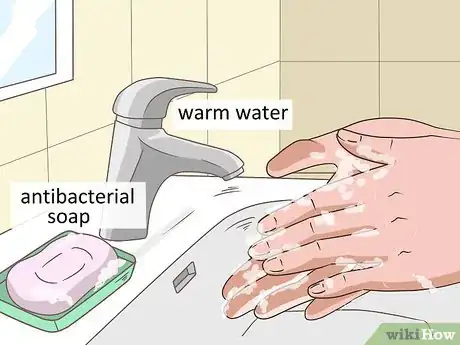
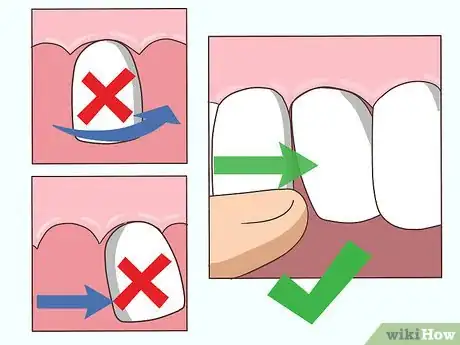
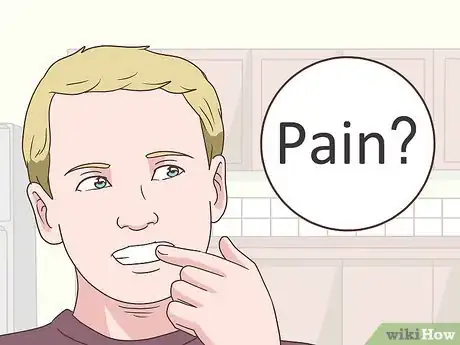
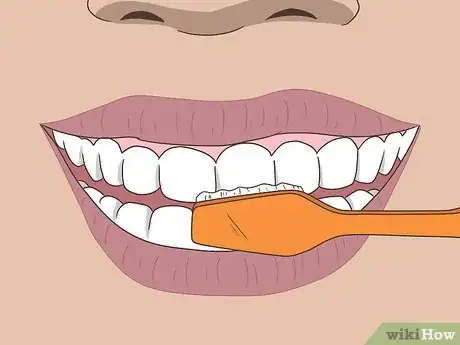


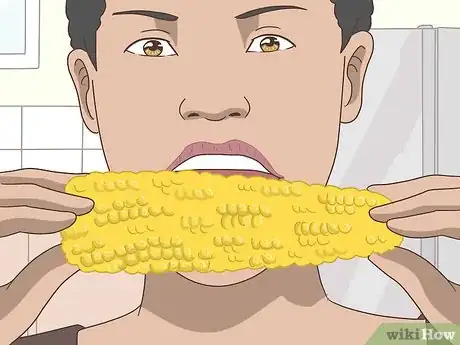
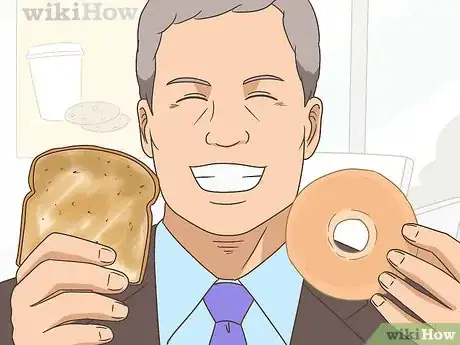
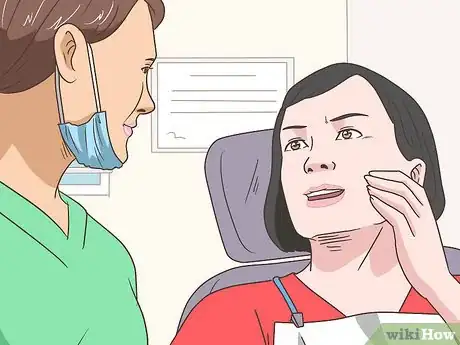

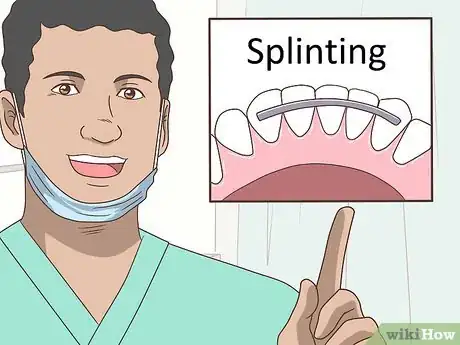

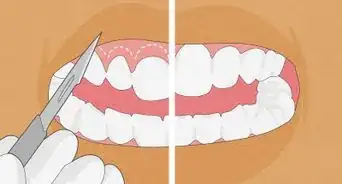
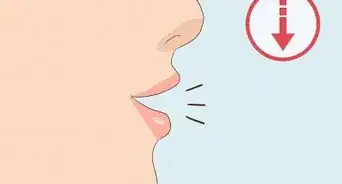
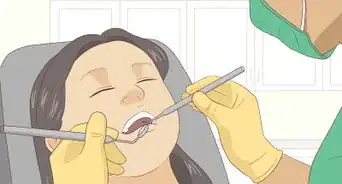

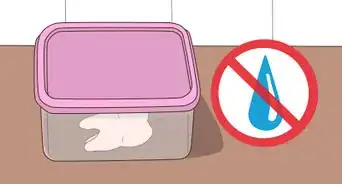
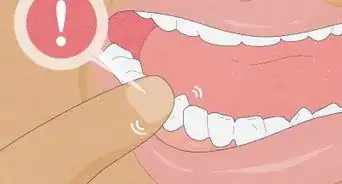
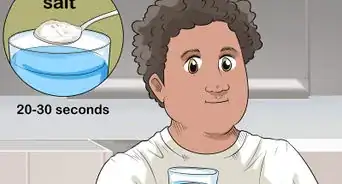

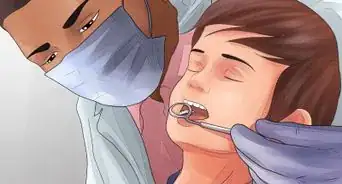




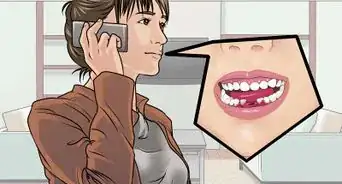










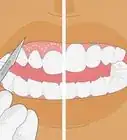
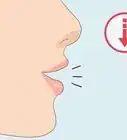
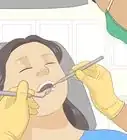




































Medical Disclaimer
The content of this article is not intended to be a substitute for professional medical advice, examination, diagnosis, or treatment. You should always contact your doctor or other qualified healthcare professional before starting, changing, or stopping any kind of health treatment.
Read More...